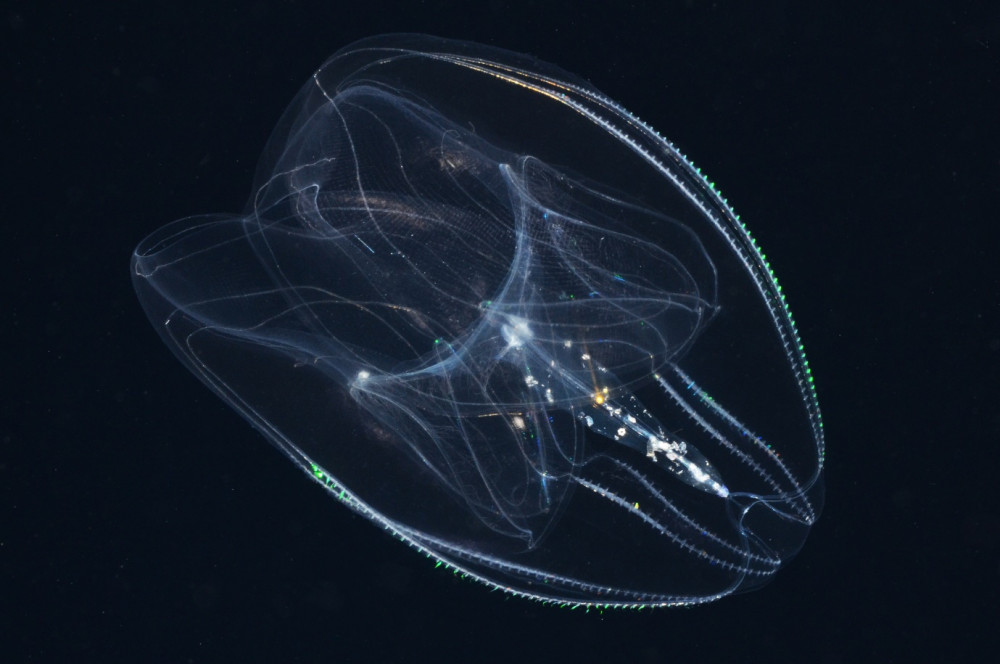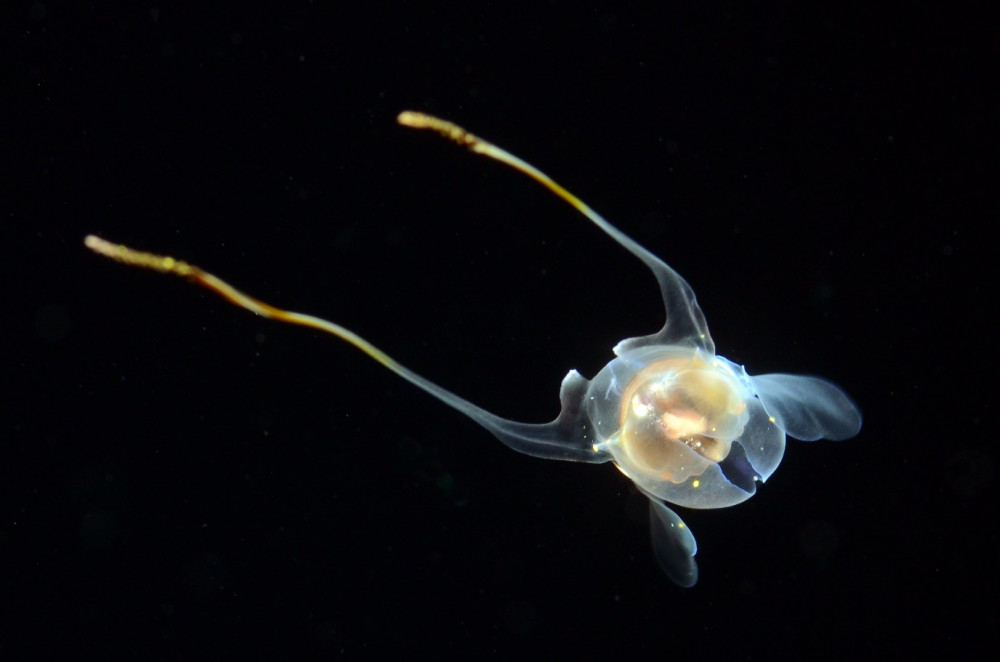Where
Who
Reef Life Survey is a non-profit citizen science program in which trained SCUBA divers undertake standardised underwater visual surveys of reef biodiversity on rocky and coral reefs around the world.
When
2012 - 2021
Why
Many unique marine creatures occupy the ‘twilight zone’, 200 metres below the sea surface during daylight hours and, as such, are often overlooked within biodiversity inventories. During the night, larval and planktonic marine creatures ascend towards the darkening surface waters in pursuit of small planktonic prey. The movement of planktonic creatures from great depths to shallower waters forms the largest migration on Earth and attracts many filter feeders in its wake. While the epipelagic marine environment (the zone between the surface down to 100 m depth) is dense with larval and planktonic activity during the night, these creatures are often difficult and costly to observe and study.
How
Blackwater diving is night-time SCUBA diving near the surface over very deep waters (usually >1,000 m), enabling divers to encounter marine species that hide out beyond dive-able depths during the day. Using a weighted line as a point of reference, experienced divers hang beneath a drifting boat on a calm night and watch as weird creatures drift through the torchlight in an otherworldly procession. Blackwater diving not only allows for a better understanding of biodiversity, but also our knowledge of the larval phases of marine species. In situ observations of larval fish and invertebrates allows divers to observe elaborate body plans, appendages, unique locomotion, and often distinctive arrangements of light-producing organs without the tissue damage and handling that can be involved in other study methods.
What did we learn
Using this study method, Reef Life Survey divers have observed a myriad of unique creatures, including squid with luminous photophores (glandular organ that appears as luminous spots), larval hemichordates (bilateral marine animals) with undulating cilia, chains of gelatinous salps, and comb jellies with rainbow strips of light-refracting cilia lining their near-spherical forms. Other species such as the tadpole-shaped, free-swimming tunicates, Oikopleura fusiformis, utilise feeding nets made of mucous to capture planktonic prey during the night. Although purely opportunistic to date, such dives have provided valuable observations and photographs of these species in their natural habitat without damaging their delicate and highly specialised appendages by netting and fixing samples.
What next
In situ observational studies through blackwater diving provides unique insights on the species found in the extensive, deep open ocean habitats within the Coral Sea Marine Park, and will no doubt continue to show up new records and natural gems hidden in the dark of other Australian Marine Parks. The approach should only be attempted by experienced SCUBA divers and with careful planning and with perfect weather conditions, and so knowledge can only be gained incrementally.
Related data and publications
Edgar, GJ, Stuart-Smith, R & Cooper, A 2022, Living offshore reefs of Australian Marine Parks, Reed New Holland Publishers, Sydney, NSW.
Nonaka, A, Milisen, JW, Mundy, BC & Johnson, GD 2021, ‘Blackwater Diving: An exciting window into the planktonic arena and its potential to enhance the quality of larval fish collections,’ Ichthyology & Herpetology, vol. 109, no. 1, pp. 138-156.





